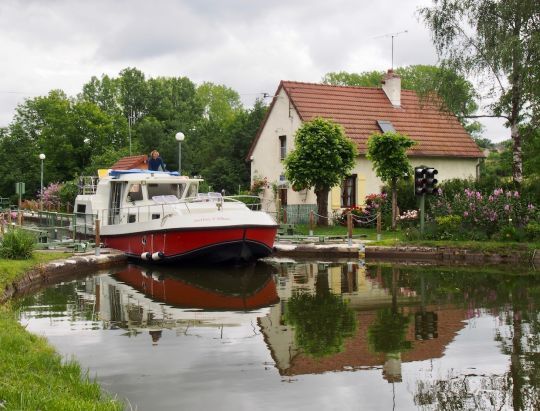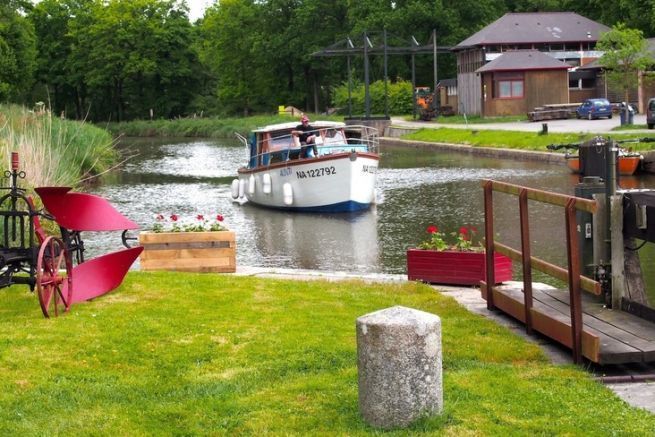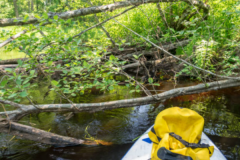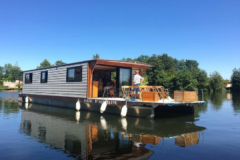Whether they are manual or automatic, guarded or self-service, locks are a source of danger if the user is not careful. The forces involved can be counted in tons and the eddies can be significant. It is clearly the worst place to fall in the water!
Here are 30 tips to avoid problems.
When approaching a lock
- Check if it is automatic or not and if you need to disembark a team member or not
- Make sure no boats are coming in the opposite direction
- Look at which bank the bollards and controls are on
- Make sure the mooring lines are clear and that a second crew member is available
- Check that children, if any, are wearing their life jackets and are under adult supervision.
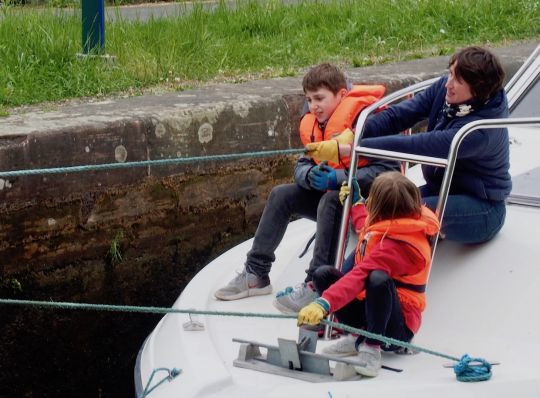
Before passing through the doors
- Stay away from the backwash while the airlock is being emptied, especially if you are riding on a horse
- Wait for the green light or at least the full opening of the doors to engage
- Enter slowly so that any detectors will take note of your passage
- Give priority to commercial and passenger vessels
- In times of water shortage, try to group together several boats to limit the movement of water downstream
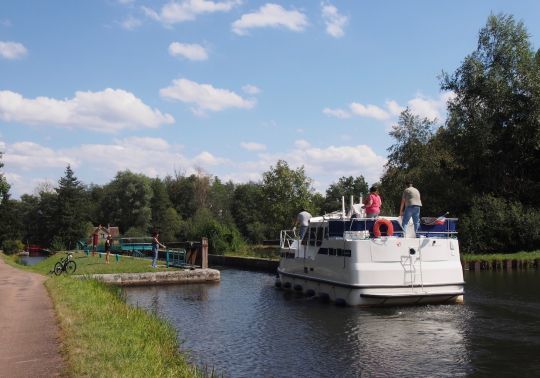
In the airlock
- Get as far back as possible, but don't forget to leave room for other boats
- Make sure the end of the balcony or bow fitting does not get caught in the door or under a walkway
- Pass your mooring lines around the bollards, never on the ladder or especially on the control pole
- Never tie a knot, even for a moment, because it's easy to forget
- Moorings must be clear and adjustable to demand
- Always have a knife in your pocket for any eventuality
- In a downstream lock, keep a sufficient distance from the upstream gates and the invert that will emerge
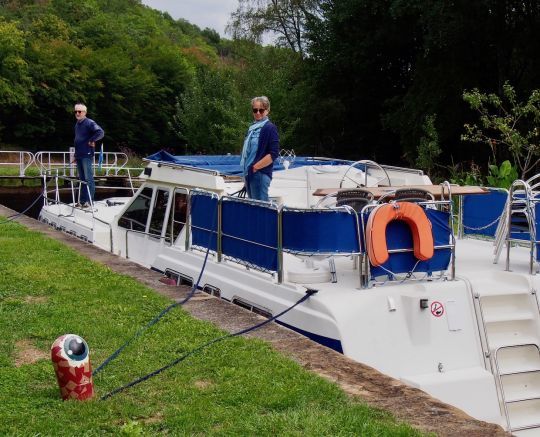
The maneuver
- The lock keeper will always appreciate if you offer to help him
- In this case, the crew member is placed on the opposite bank to the lock keeper and carries out the same tasks under his instructions.
- Make sure the valves on the "inlet" side are closed before opening the "outlet" valves
- Always place the pawl on the gear wheel to avoid cranking back
- First, half-open the valve on the forward side of the boat so that the wash tends to press it against the bilge rather than away from it
- Then open the valves more widely
- Keep an eye out for anything that might happen, and keep in mind that the forces at work are measured in tons

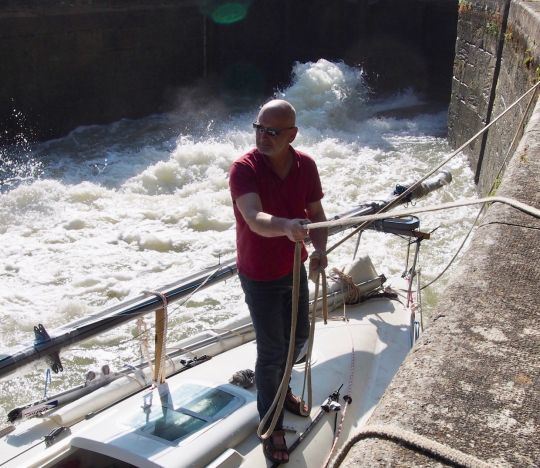
The output
- Do not force the doors, wait until the level is established
- When the 2 doors are open, slowly exit
- On manual locks, it is customary to close the gates and sometimes the doors behind you, according to local customs
- Retrieve your team member
- Take a look at the guide to see how far away the next one is
- If you noticed a problem and no one was present, notify the appropriate department.
